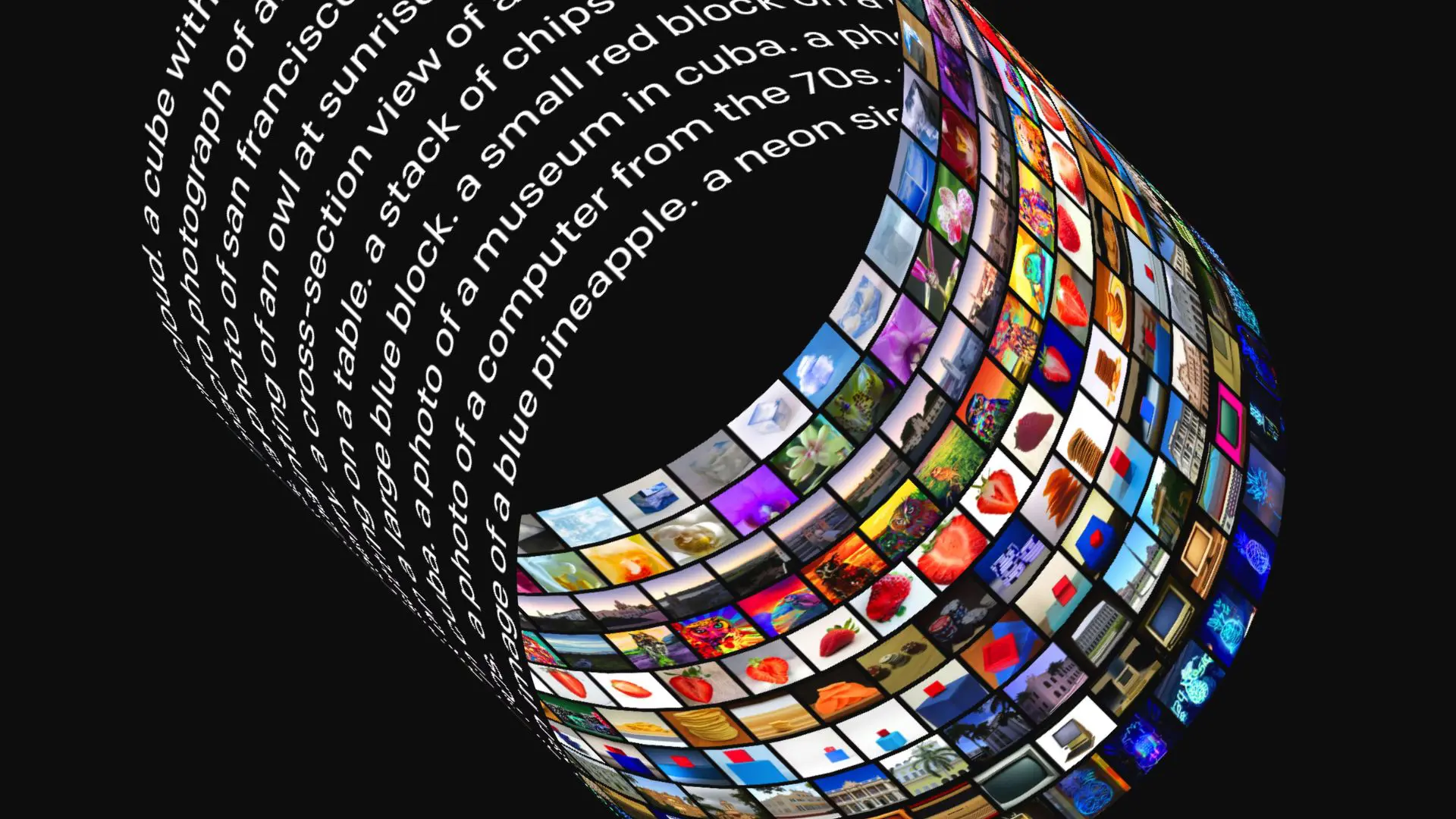DALL-E: Generating Images from Text Descriptions and Its Use in Design


Introduction
DALL-E is an artificial intelligence model developed by OpenAI, designed to create images from text descriptions. This groundbreaking technology has opened up new possibilities in various fields, including design. In this article, we’ll explore how DALL-E can be used in design and discuss its potential advantages and drawbacks.
How DALL-E Works
DALL-E utilizes a generative adversarial network (GAN) and a transformer architecture to convert text descriptions into images. It has been trained on a massive dataset of images and text, enabling it to generate a wide range of visual content based on input descriptions. To generate an image, users provide a text description, and the AI model produces a set of images that best match the description.
Advantages of Using DALL-E in Design:
- Speed and time-saving: DALL-E allows for quick generation of images based on text descriptions, saving designers time and speeding up the project workflow.
- Uniqueness: DALL-E creates unique images that can be tailored to specific tasks and client preferences.
- Flexibility: DALL-E can work with a variety of text descriptions and generate images in various art styles.
- Ease of use: DALL-E is an intuitive tool that even users without AI experience can utilize.
Drawbacks of Using DALL-E in Design:
- Limitations in quality: In some cases, DALL-E may generate low-quality images or ones that do not fully match the text description.
- Ethical concerns: Using AI in design can raise concerns about copyright and creativity, as the machine generates images rather than a human.
- Dependence on the quality of text descriptions: The quality of generated images directly depends on the quality of the text descriptions, which may require additional work on phrasing and text adjustments.
Conclusion
DALL-E is a powerful tool that can significantly simplify the work of designers by offering the ability to quickly generate unique images based on text descriptions. However, it is essential to consider some limitations and ethical issues related to using AI in design. Nevertheless, when used correctly, DALL-E can become a valuable assistant in the field of design and visualization of ideas.
Recent Posts
How to Manage an Online Community: Best Practices for Success
In today's digital age, online communities have become a pivotal aspect of brand building, marketing, and fostering user engagement. Proper…
The Future Smart Home: Automation, Energy Efficiency & Next-gen Technologies
Automation, Energy Efficiency, and Cutting-edge Technologies in Domestic Management. 1. Introduction In today's world, technology continues to become more integrated…
Building an Online Community: A Step-by-Step Guide
In today's digital age, online communities have become hubs for knowledge exchange, shared interests, and camaraderie. If you're thinking of…
Blockchain’s Revolution in Real Estate: Ushering in Transparency
Blockchain, originally known as the backbone technology of cryptocurrencies, holds potential far beyond the financial sector. One such area where…
Leveraging Graph Databases for Complex Data Structure Analysis: An Overview of Benefits and Application Methods
The contemporary data landscape is ever-expanding and becoming more intricate, and conventional analysis tools and methods often fall short in…
Leveraging Quantum Computers in Scientific Research: A Revolution in the World of Science
The emergence of the first working prototypes of quantum computers signaled a new era of scientific exploration. With a fundamentally…